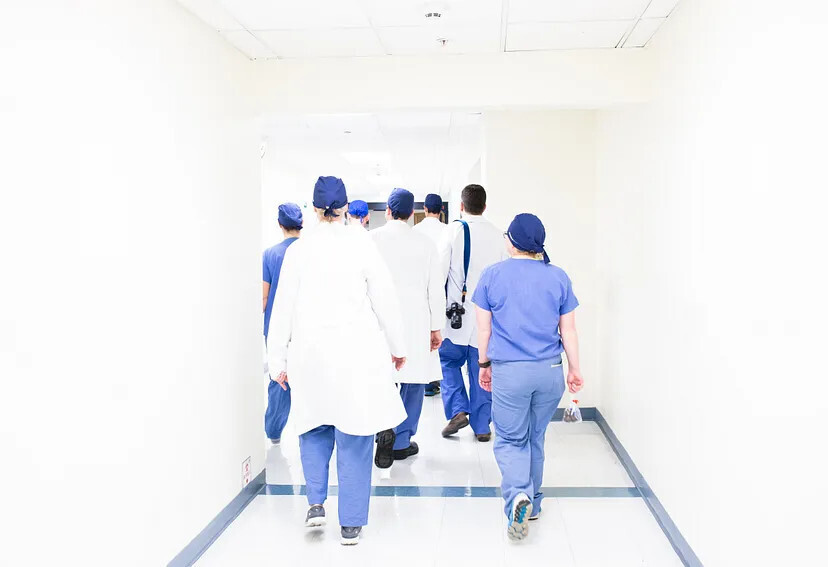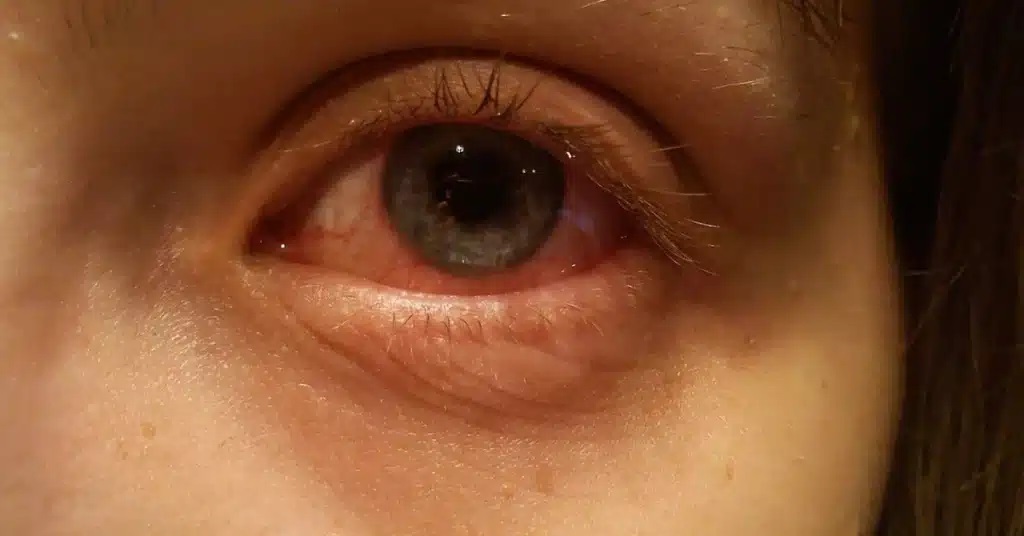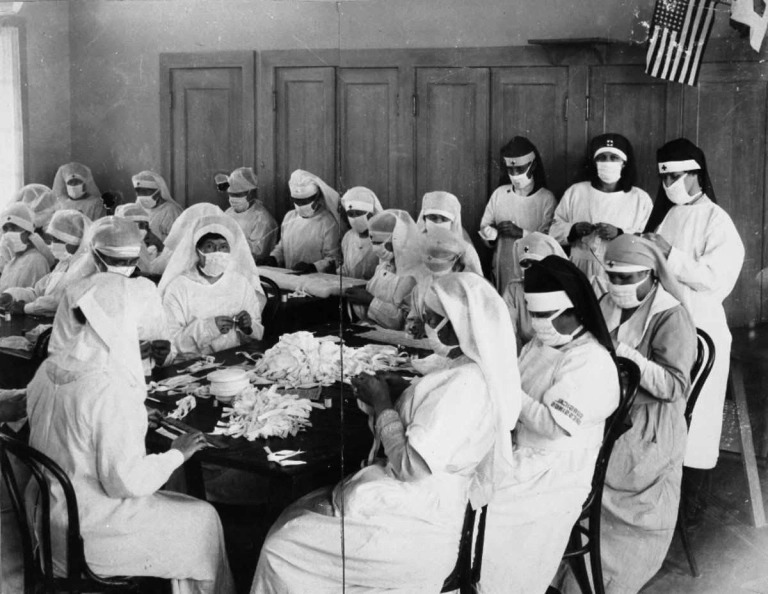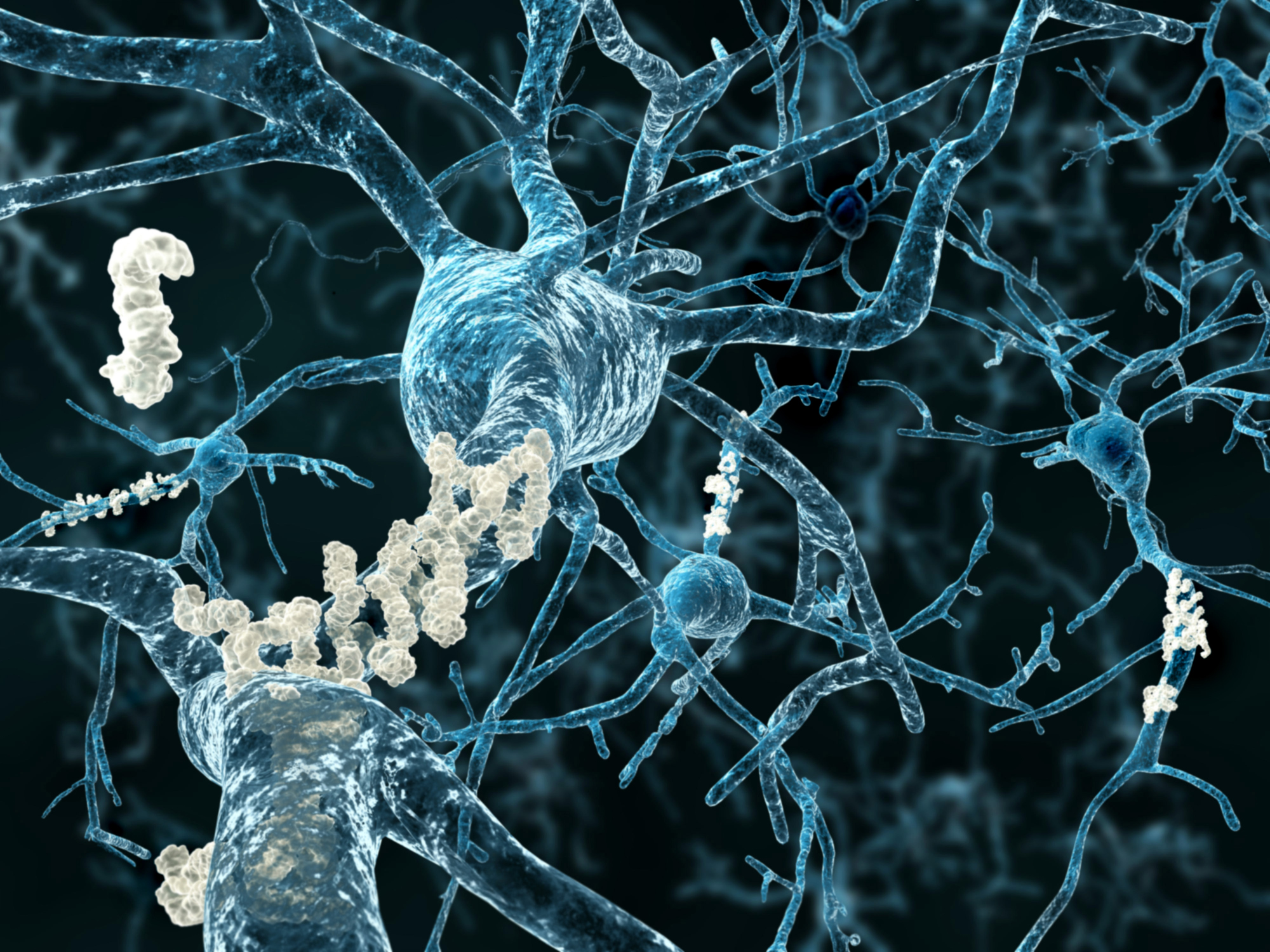"A headset-based device that can be used to noninvasively assess a patient's stroke risk by monitoring changes in blood flow and volume while a participant holds their breath" has been developed.
The innovation here is (believe it or not) not AI -- it's a laser and camera setup.
"Stroke is caused by the blockage or rupture of an artery in the brain, which results in a reduction in blood flow. Starved of oxygen, the brain's cells die rapidly -- about 2 million every minute during a stroke."
"The Caltech team developed a compact device that shines infrared laser light through the skull and into the brain in one location and then uses a special camera nearby to collect the light that bounces back after it is scattered by blood flowing within the blood vessels. The approach, called speckle contrast optical spectroscopy (SCOS), measures the decrease in the light's intensity from the spot where it enters the skull to the place where the bounced-back light is collected to determine the volume of blood in the brain's blood vessels; it also looks at the way light scatters and creates speckles in the camera's field of view. The speckles fluctuate in images depending on the rate of blood flow in the blood vessels. The faster the blood is flowing, the more rapidly the speckle field changes."
"The researchers can use those measurements to calculate a ratio of the flow over the volume of blood streaming through the vessel to get an idea of that patient's stroke risk."
"Holding your breath stresses your brain as it begins to notice that it is taking in too much carbon dioxide and not enough oxygen. It goes into what Mahler refers to as 'panic mode,' and starts to pump oxygen from the rest of the body to itself. This greatly increases blood flow in the brain. Once you stop holding your breath, oxygen levels return to baseline. While this happens in both people at low and high risk of stroke, the researchers found that there were differences between the groups in terms of how the blood moved through the vessels."
"The SCOS technique allows the researchers to measure how much the blood vessels expand while the subject holds their breath and how much faster blood flows through the vessels in response. 'These reactive measurements are indicative of vessel stiffness,' Yang says. 'Our technology makes it possible to make these type of measurements noninvasively for the first time.'"
New laser-based headset can measure blood flow, assess risk of stroke





















